
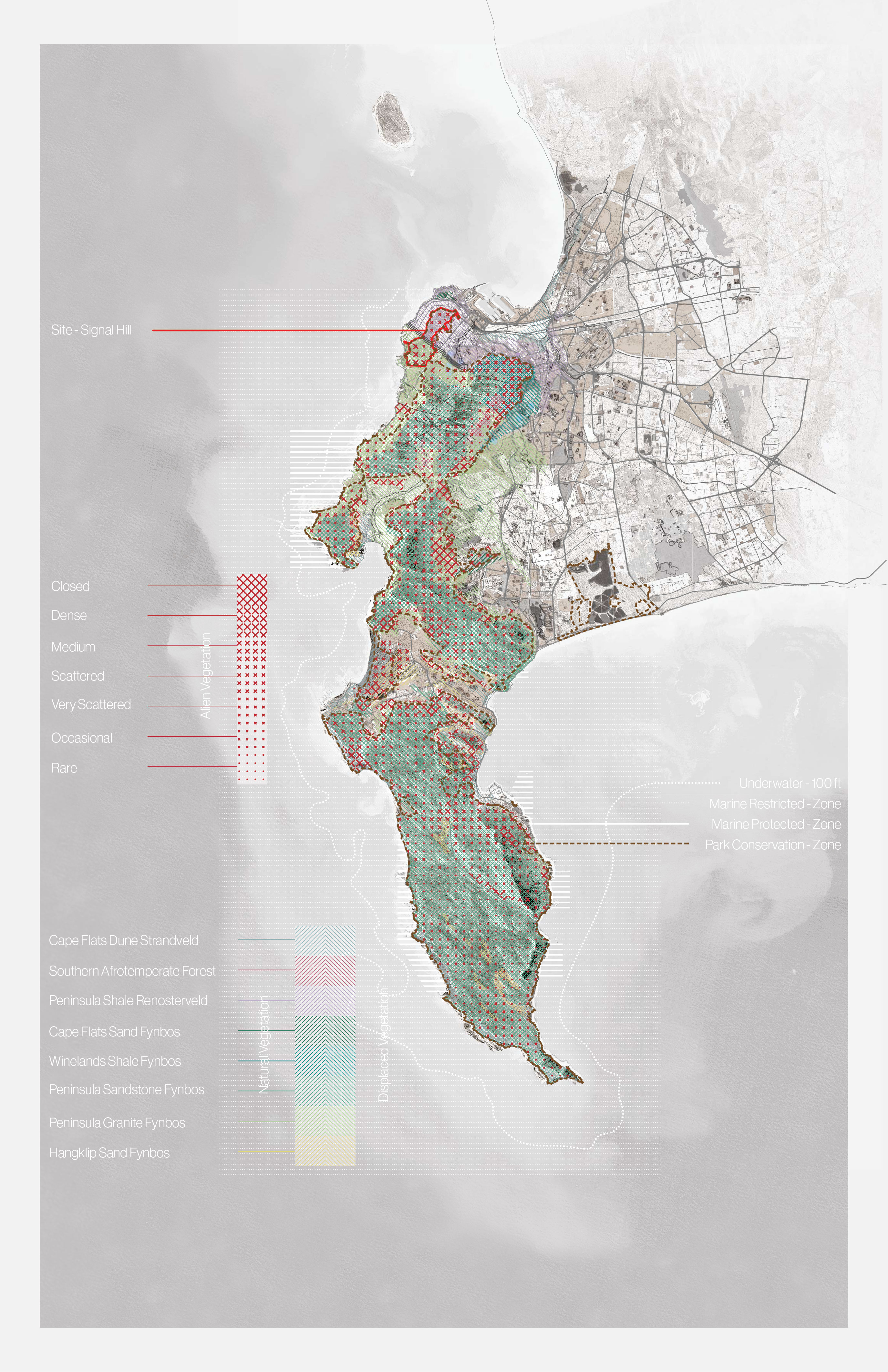
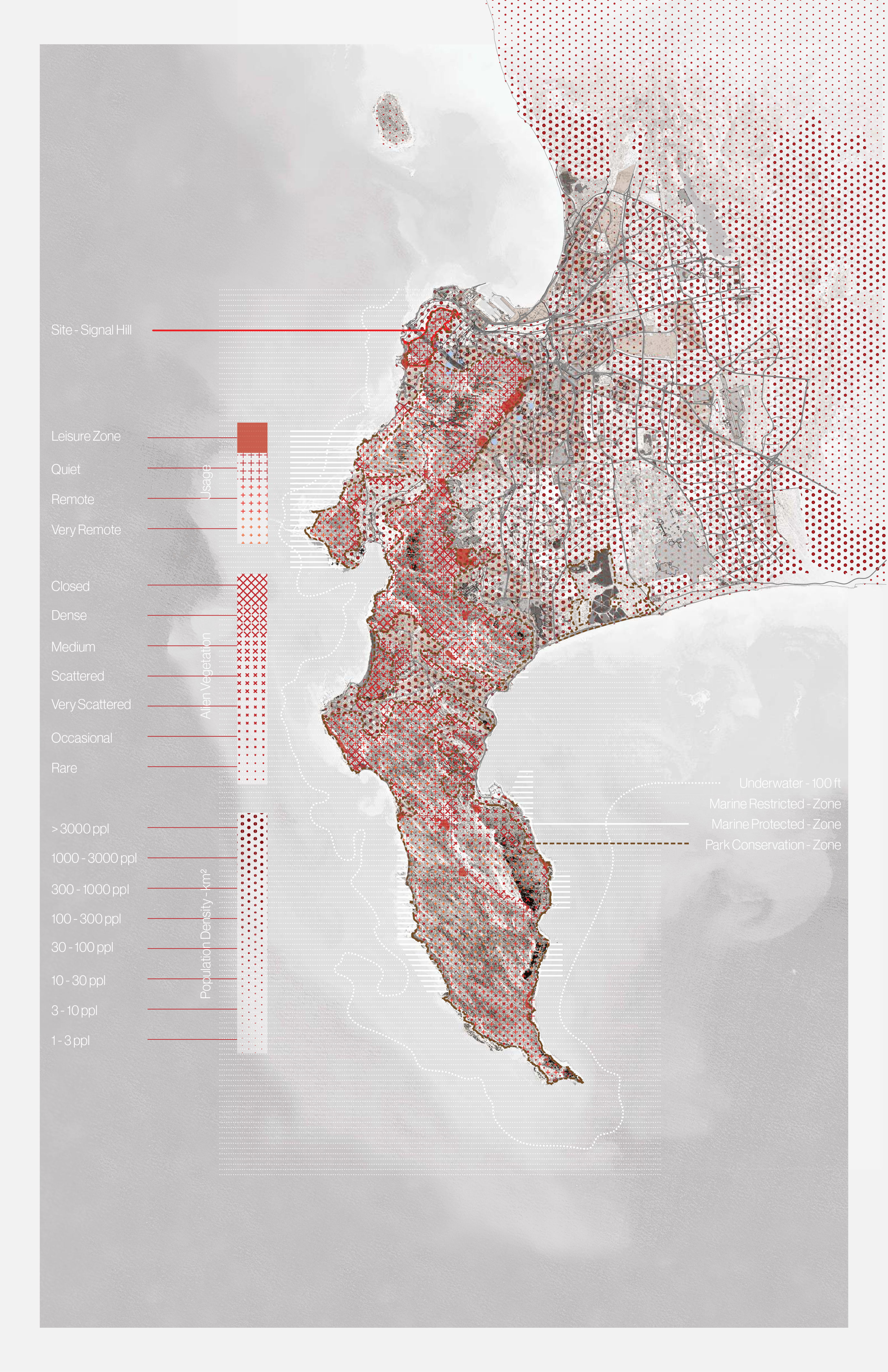
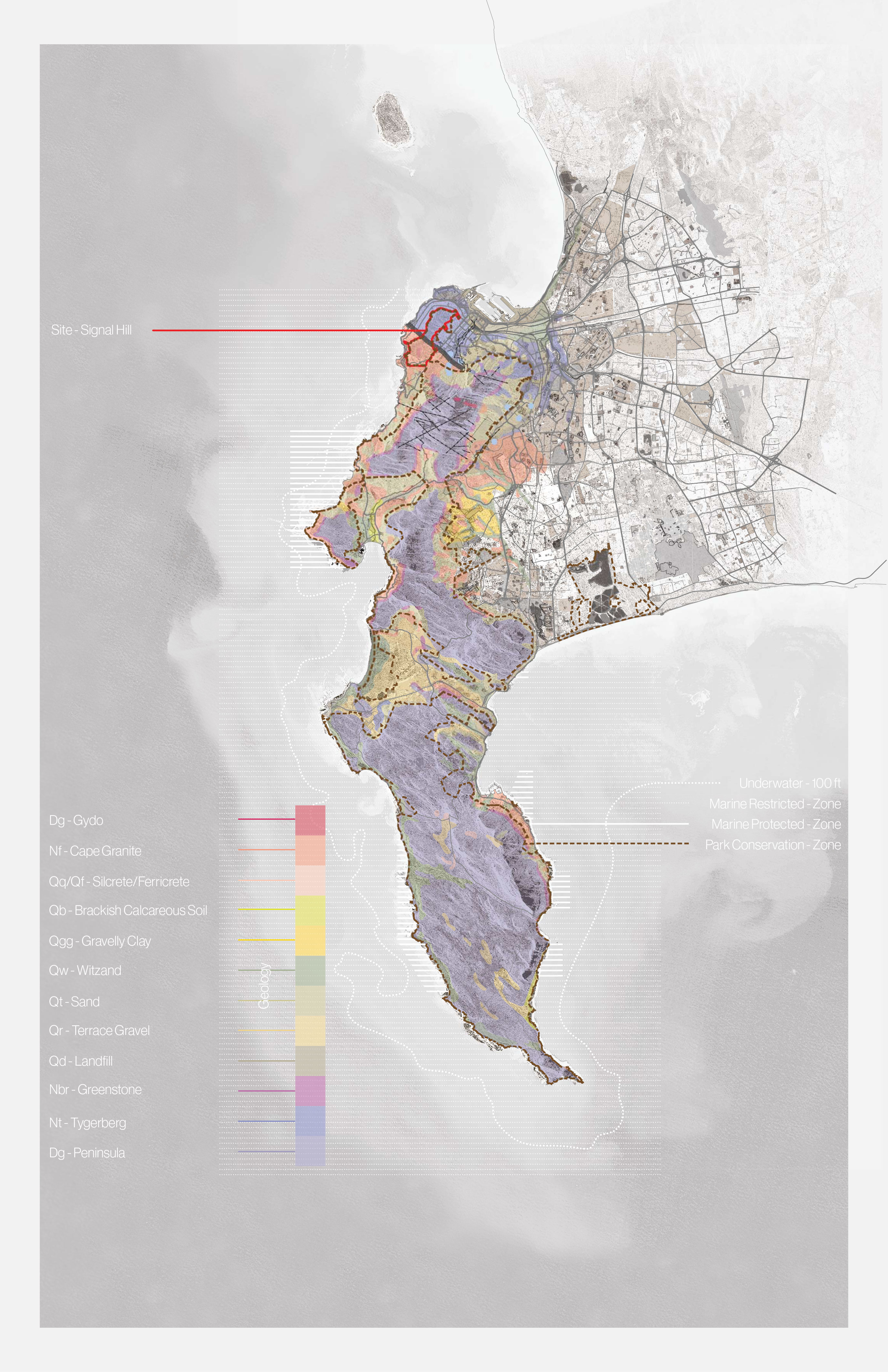
Figure I: Maps of the Cape Peninsula Region in South Africa depicting frequency of wildfire cycles with control lines, concentrations of invasive species overlayed with different ecosystems, population density, and geology (left to right).

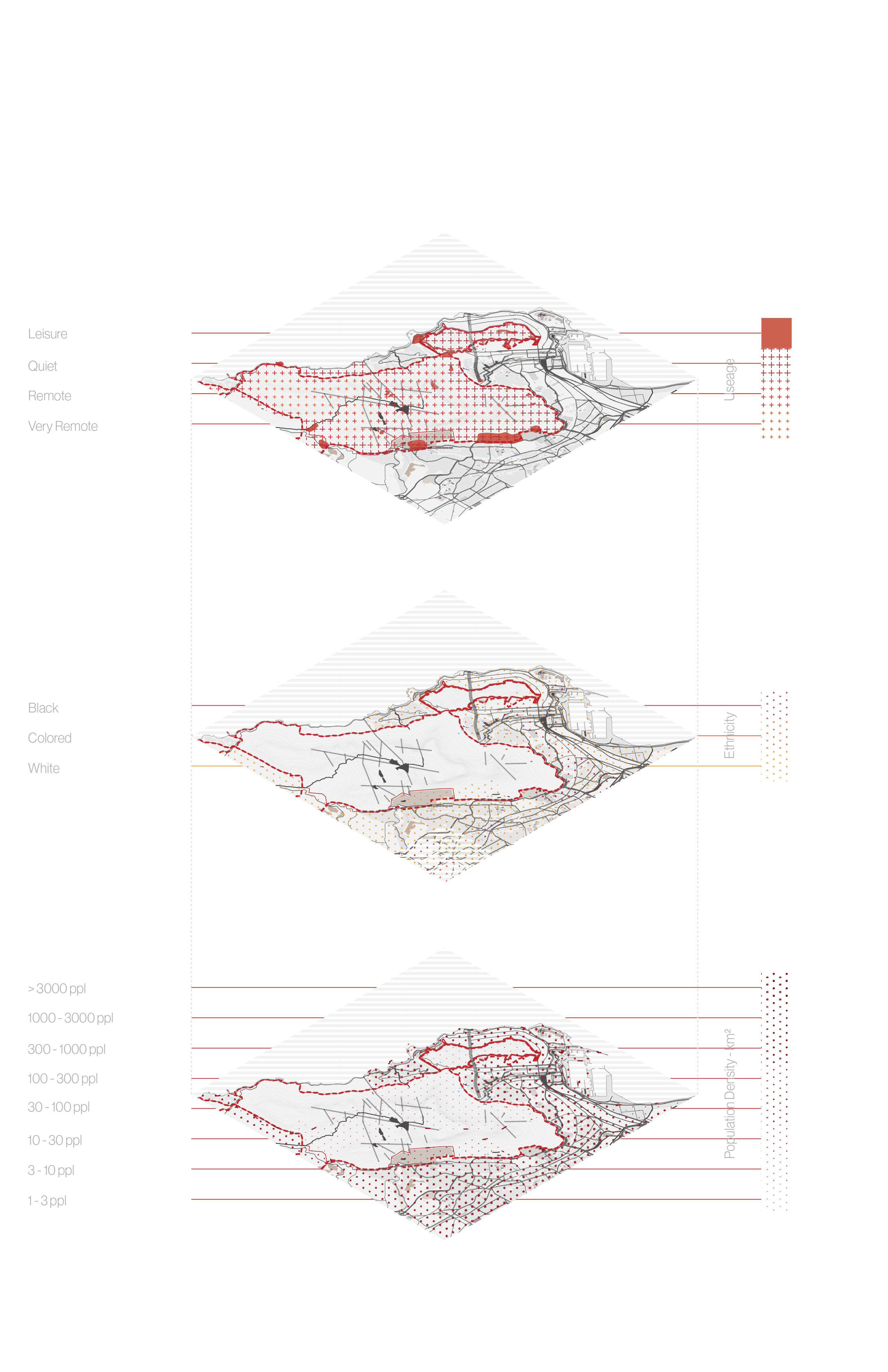
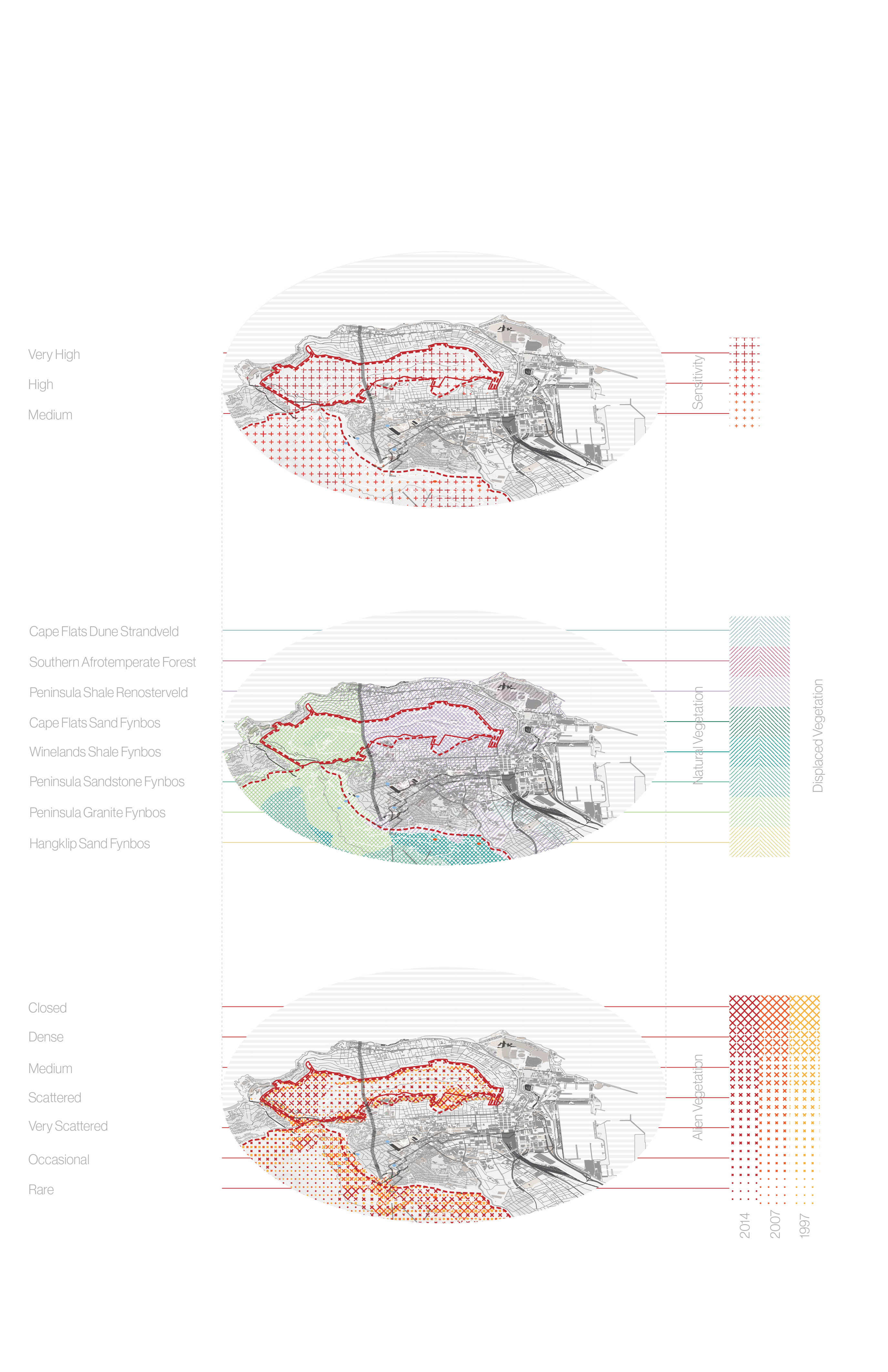
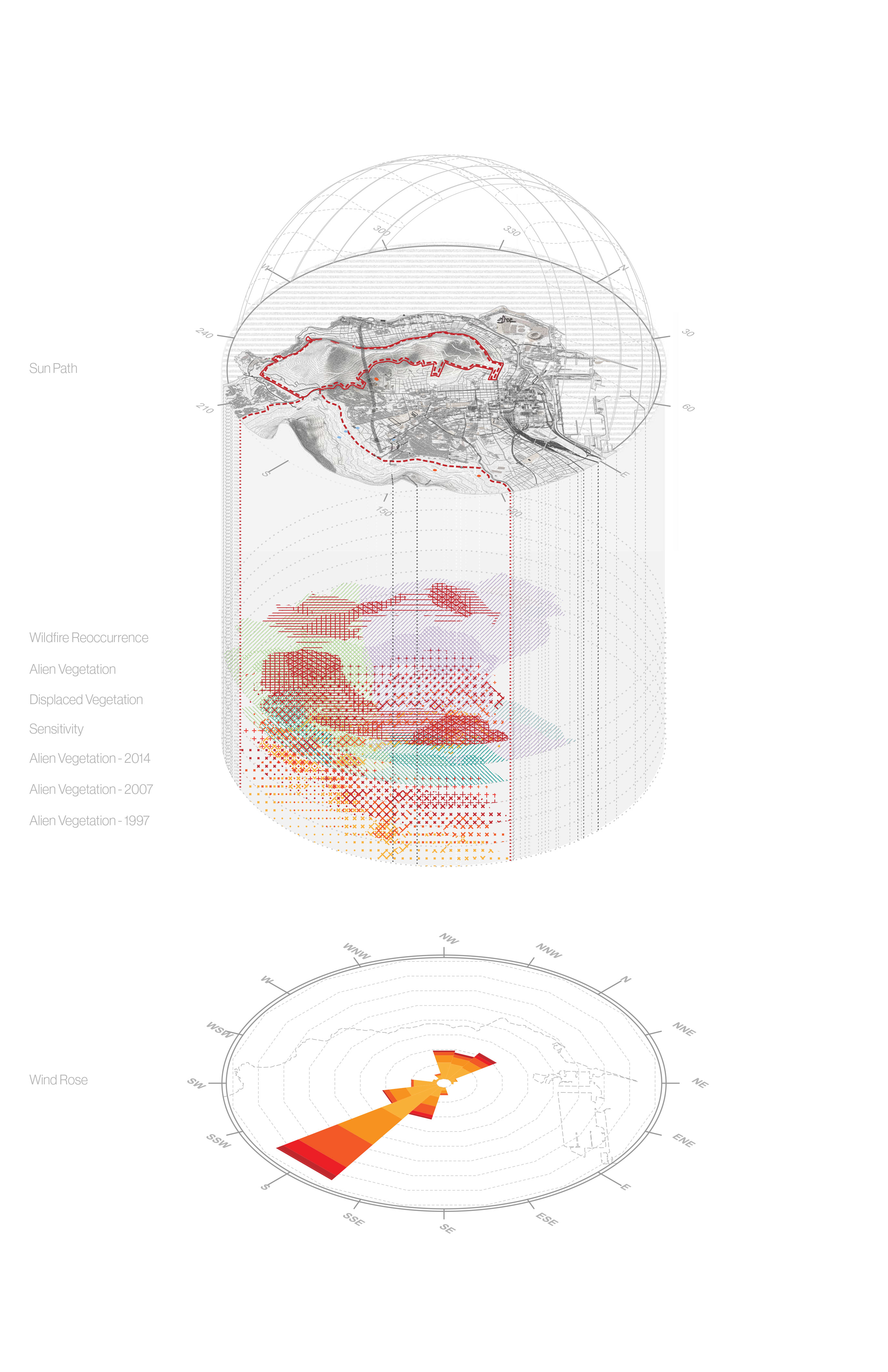
Figure II: Topographic 3-dimensional maps of Table Mountain (left) and Signal Hill (right) that shows overlays of wildfire frequency, vegetation types, population demographics, and geology alongside sun and wind data.
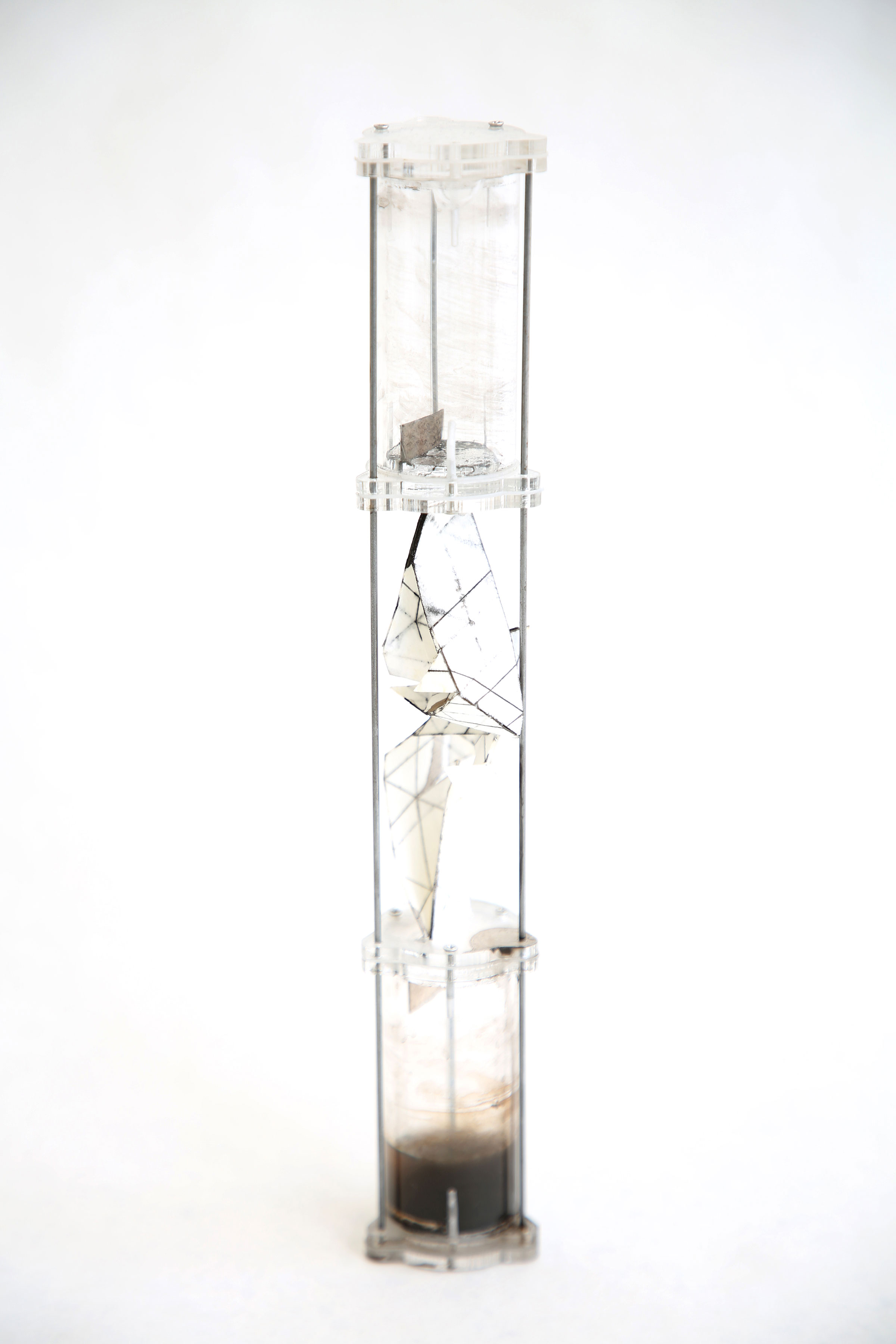
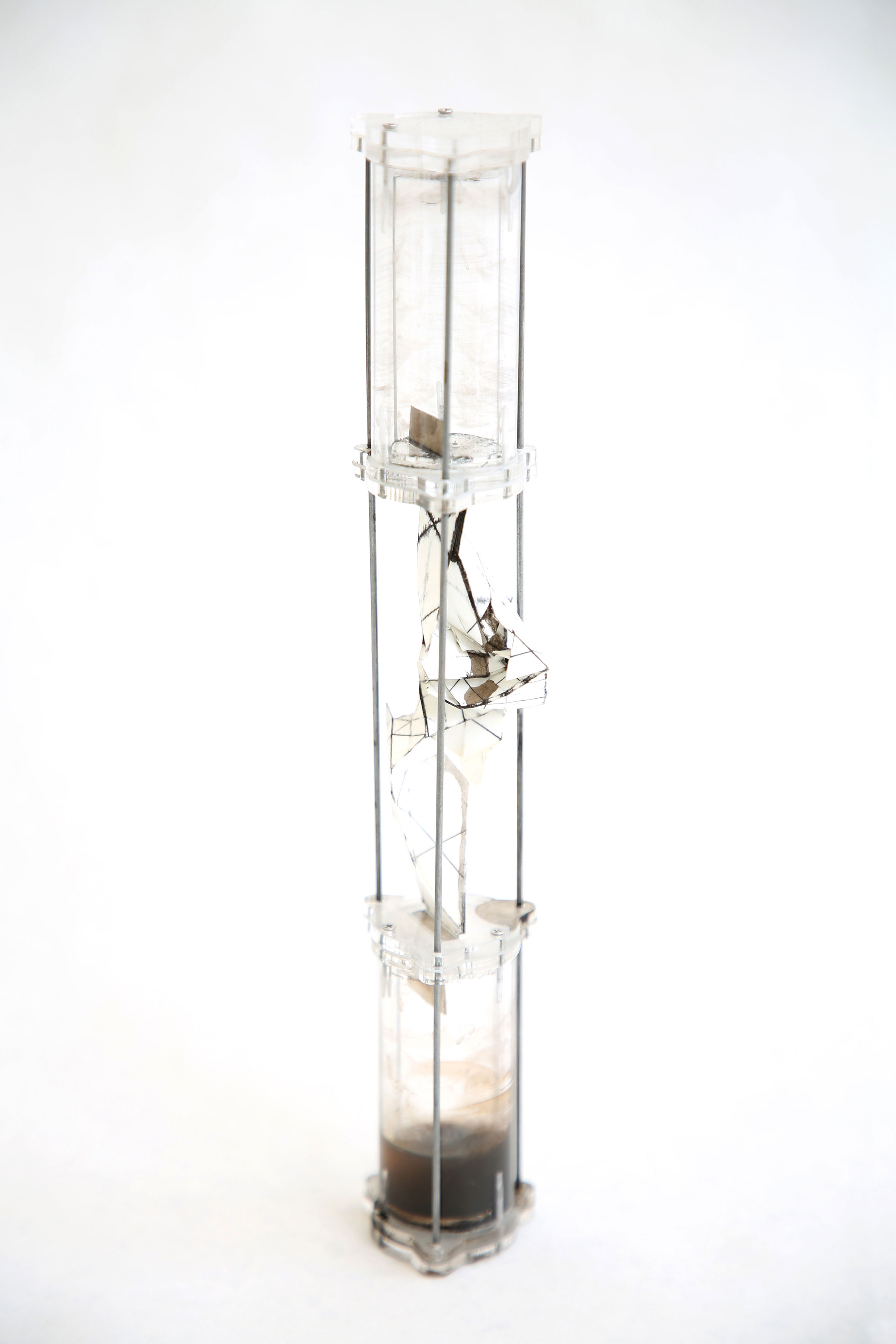
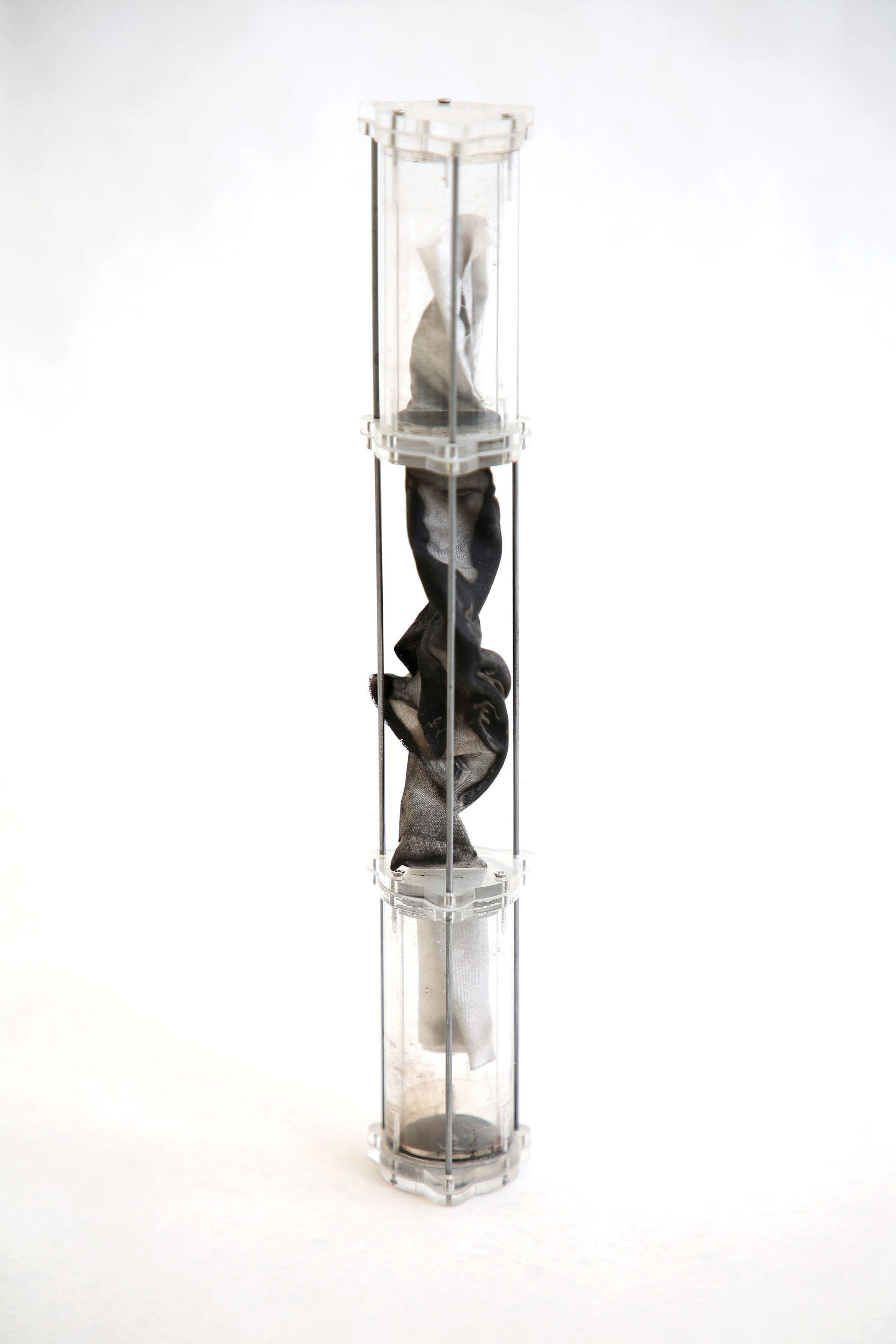

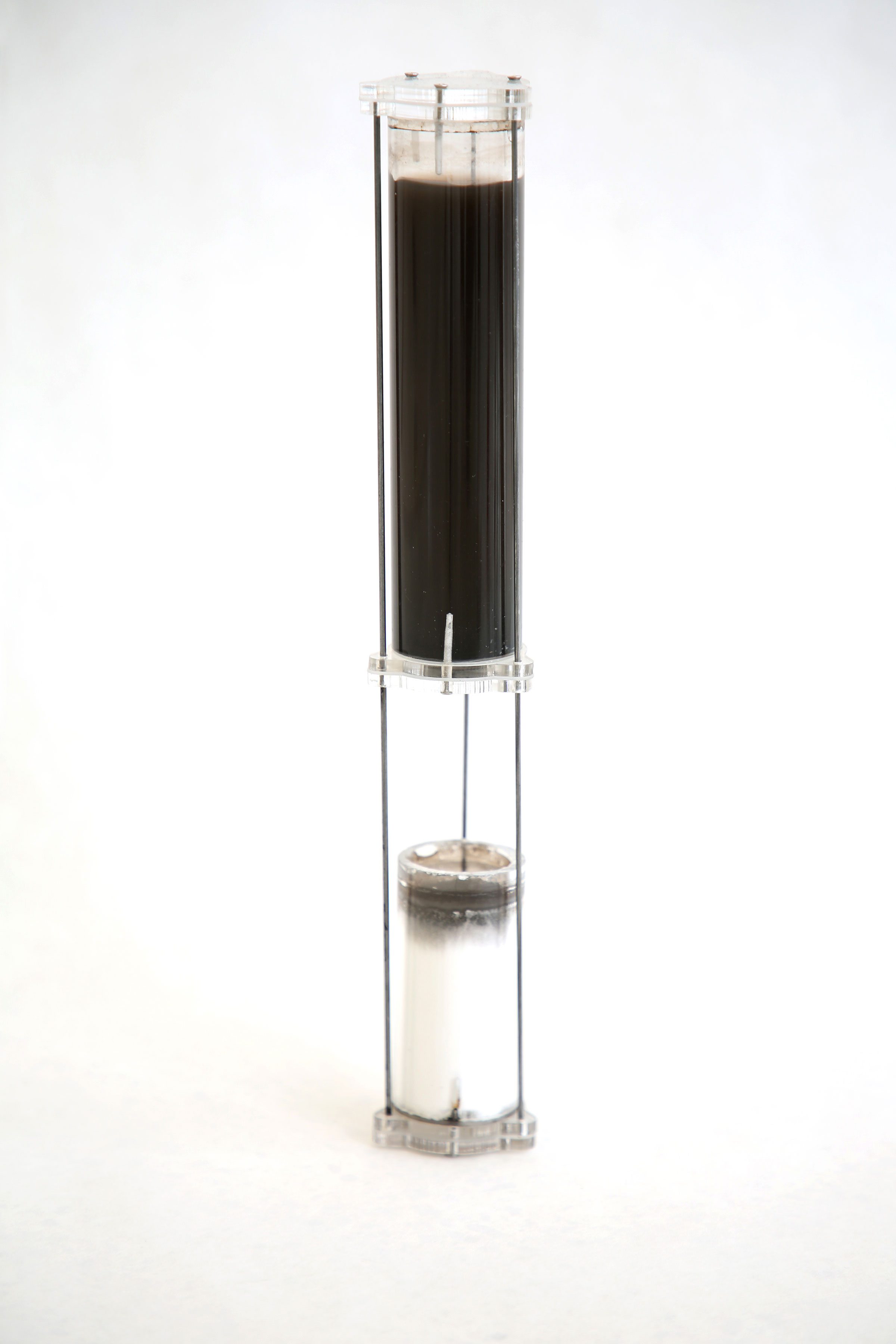
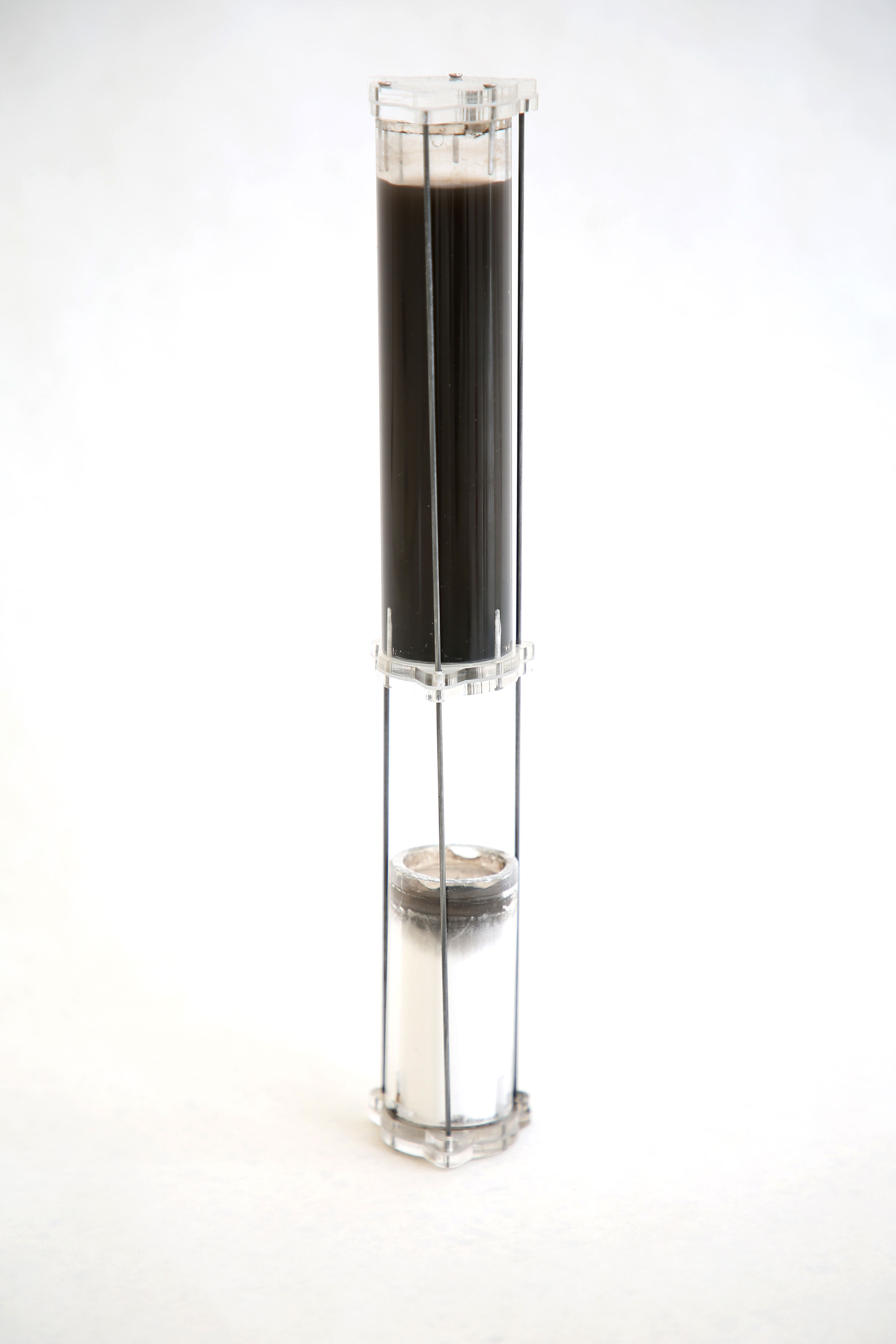
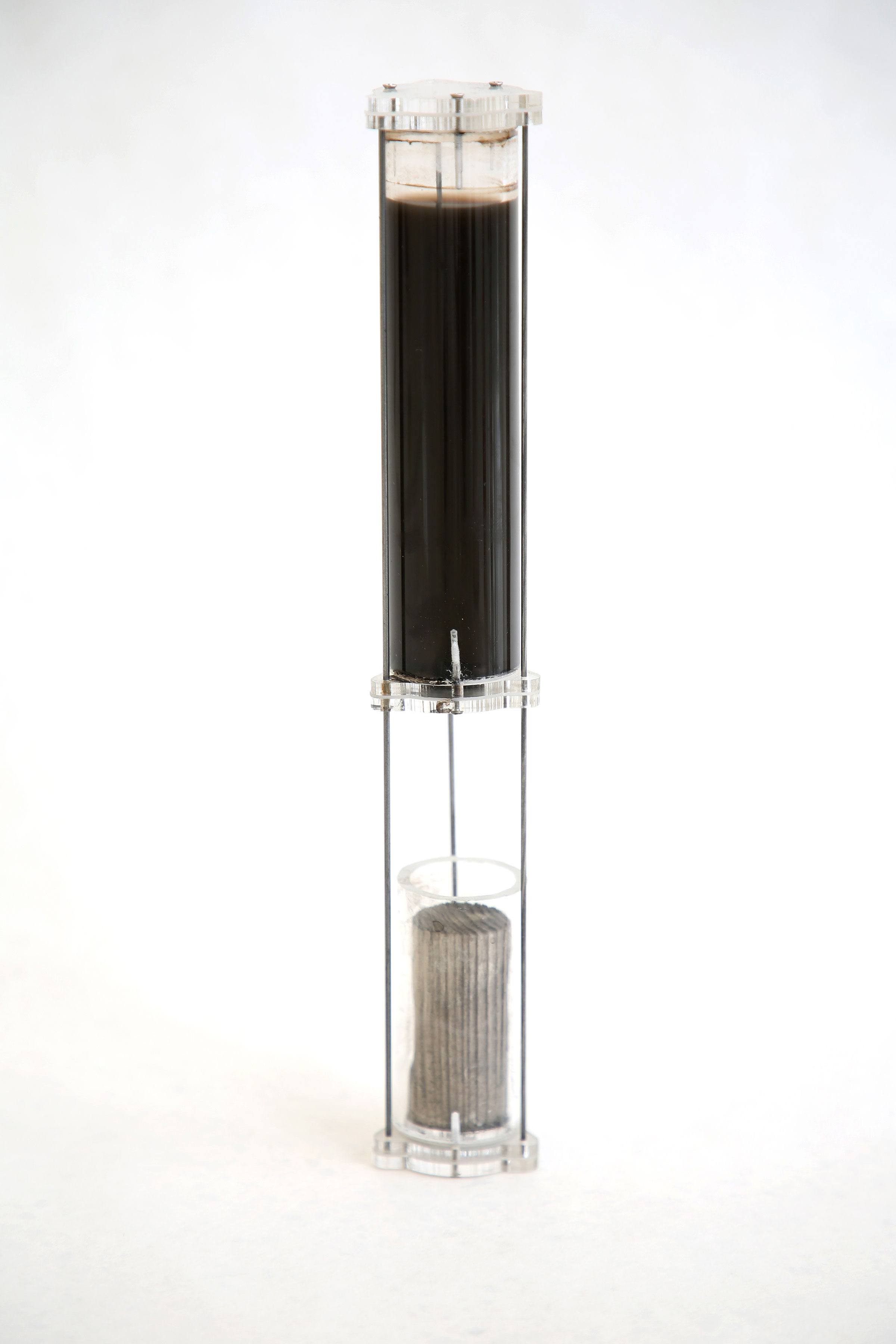
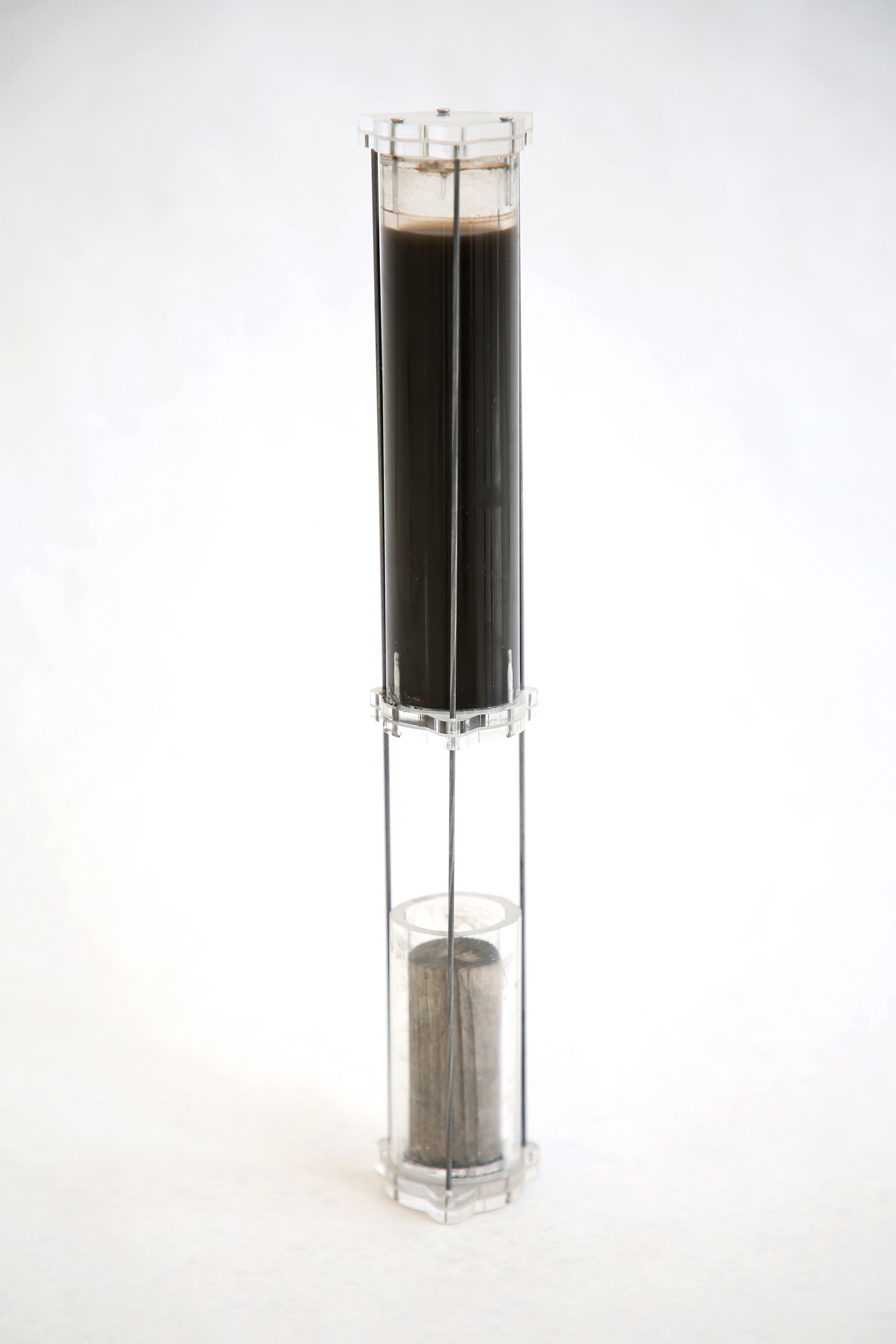
Figure III: Small scale test mockups of columns that would expose different materials such as paper, fabric, plaster and wood (left to right) to melanin sourced from the cape peninsula bioregion in order to create emergent generative patterns through capillary action over time. The substrates have been scored, woven and cast with differentiated properties to facilitate patterned movement of the pigment through the material.
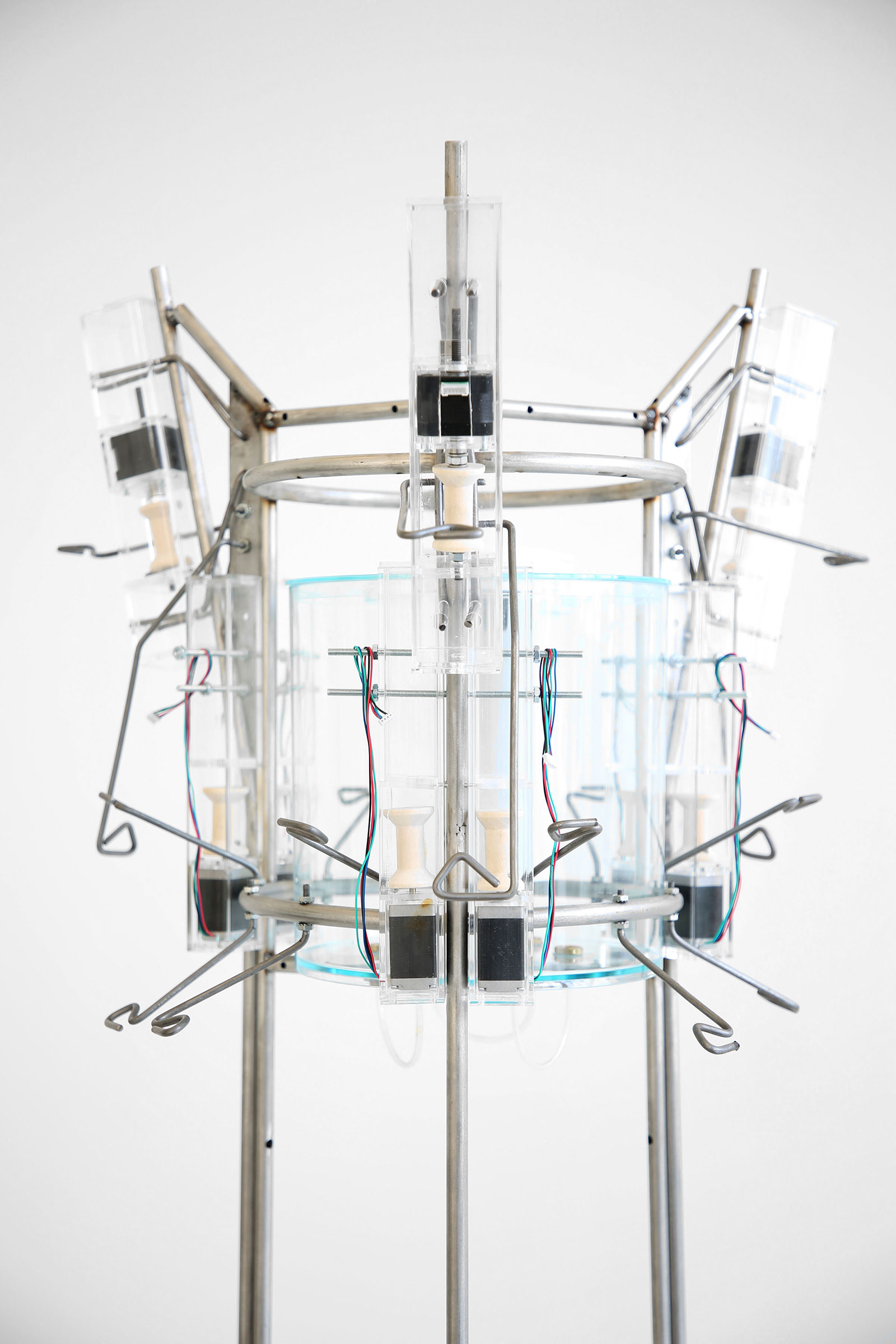

Figure IV: Full scale mockup of melanin column for suspending material and controlling exposure to melanin pigment through a series of stepper motors that control the position and draping of substrate, liquid pumps that control the flow rate to particular locations, and fans that can selectively dry areas along the length of the substrate.
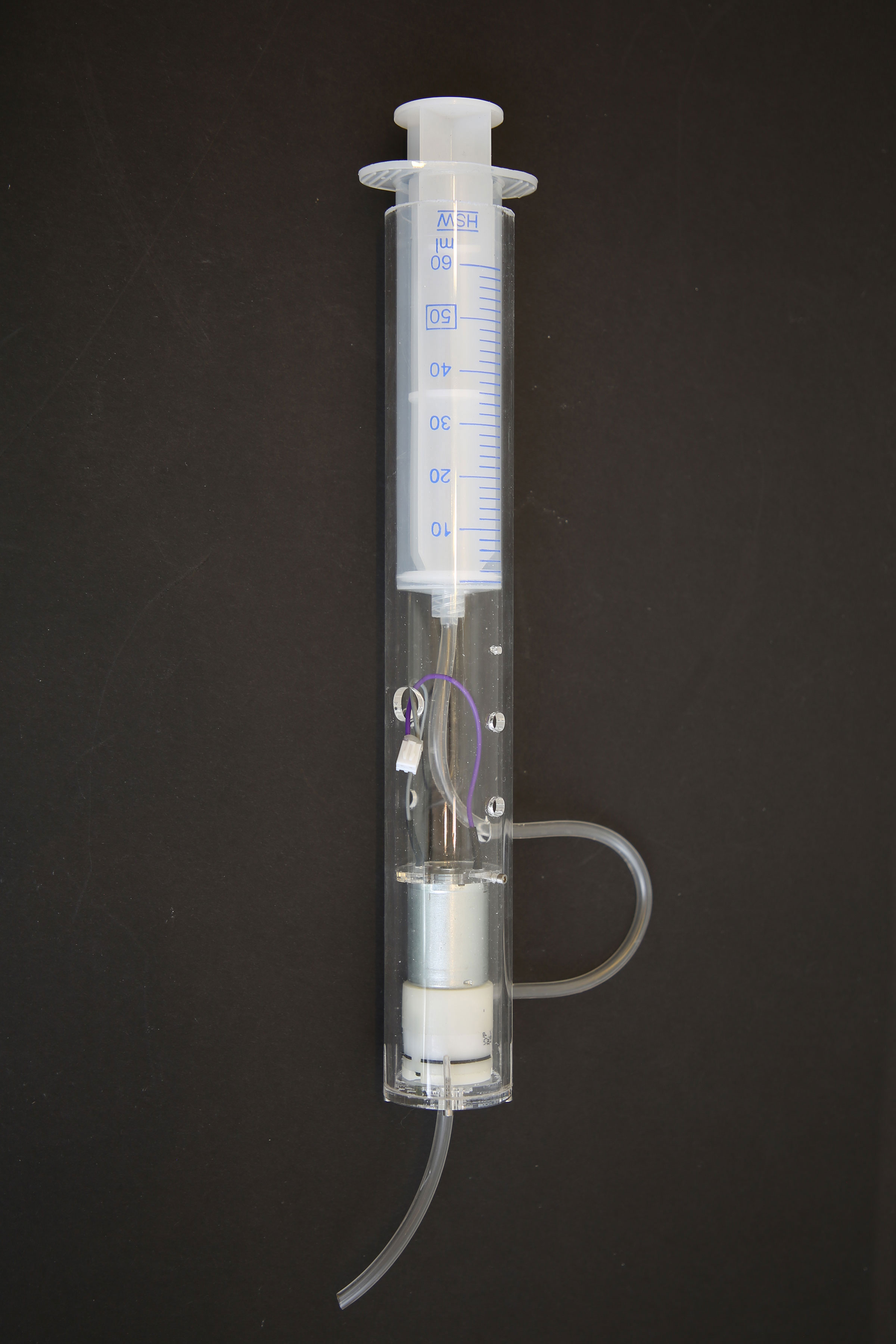
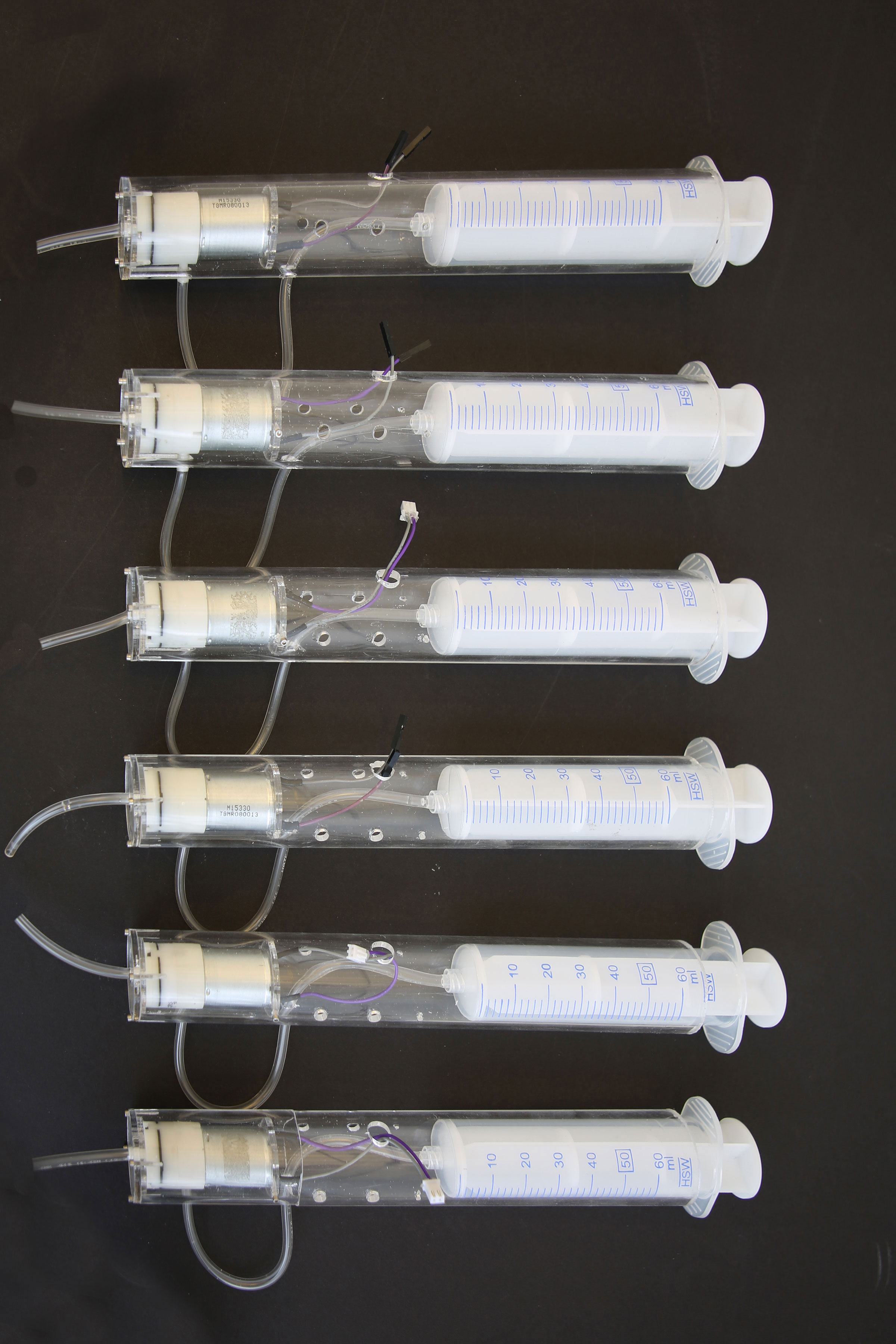
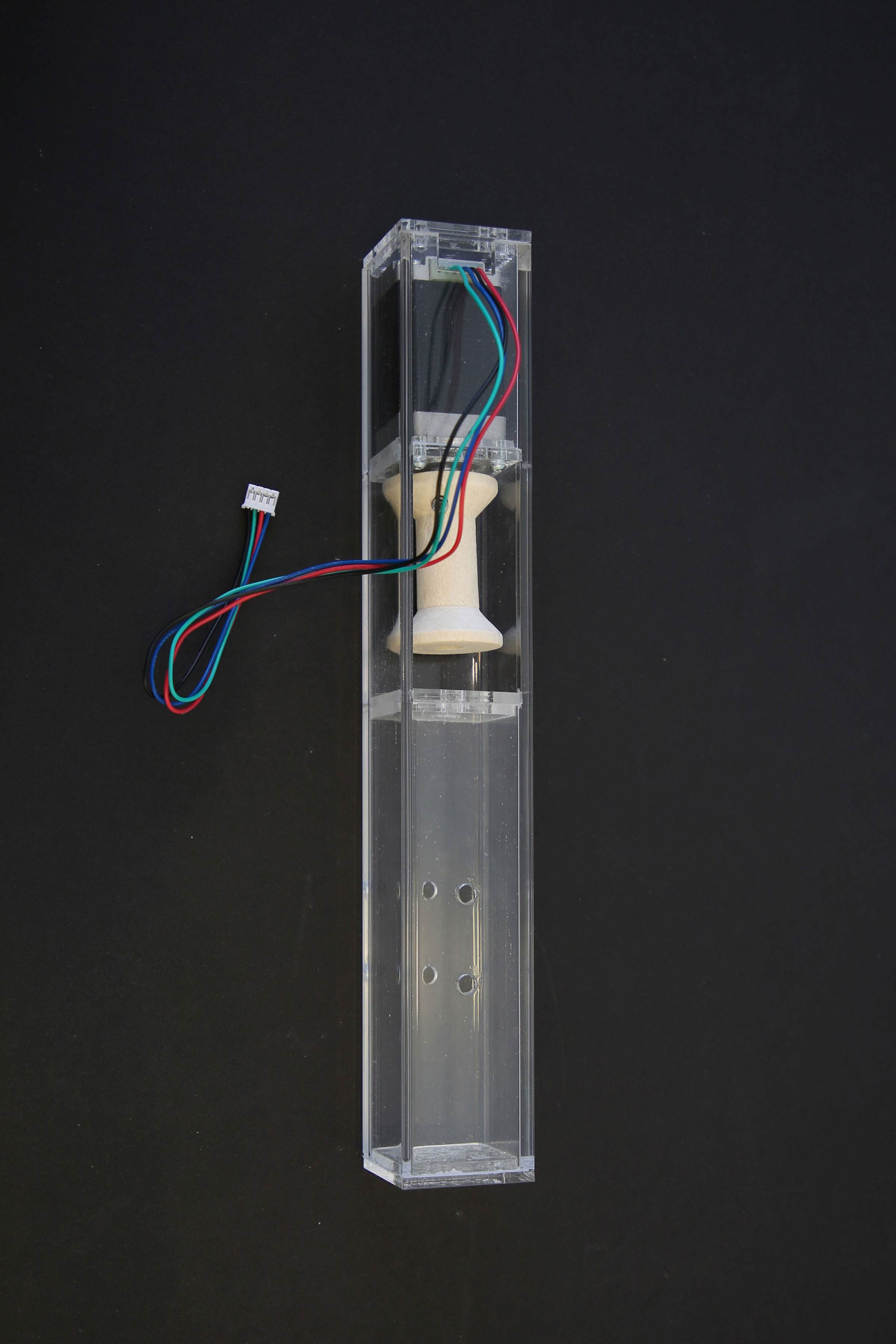


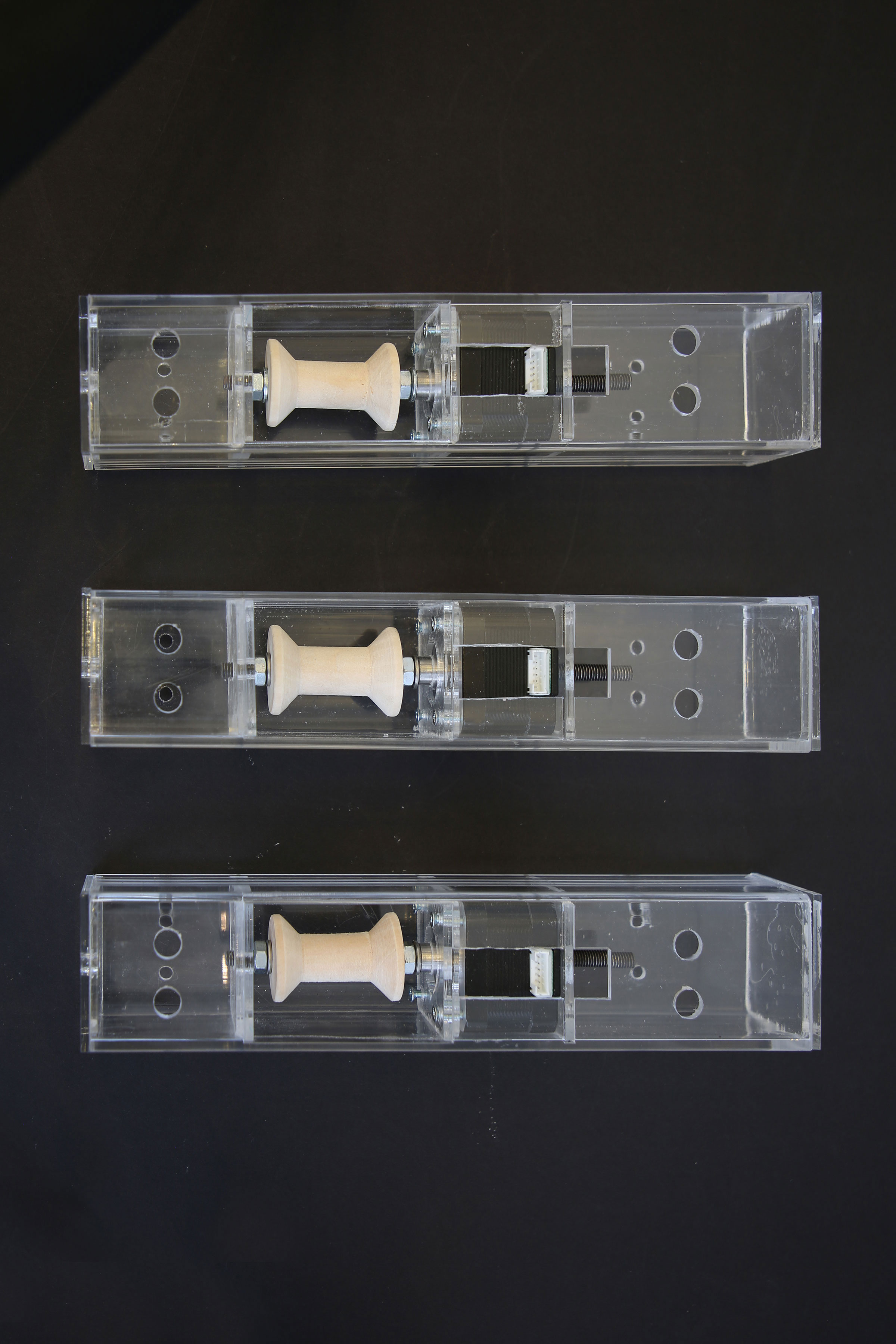
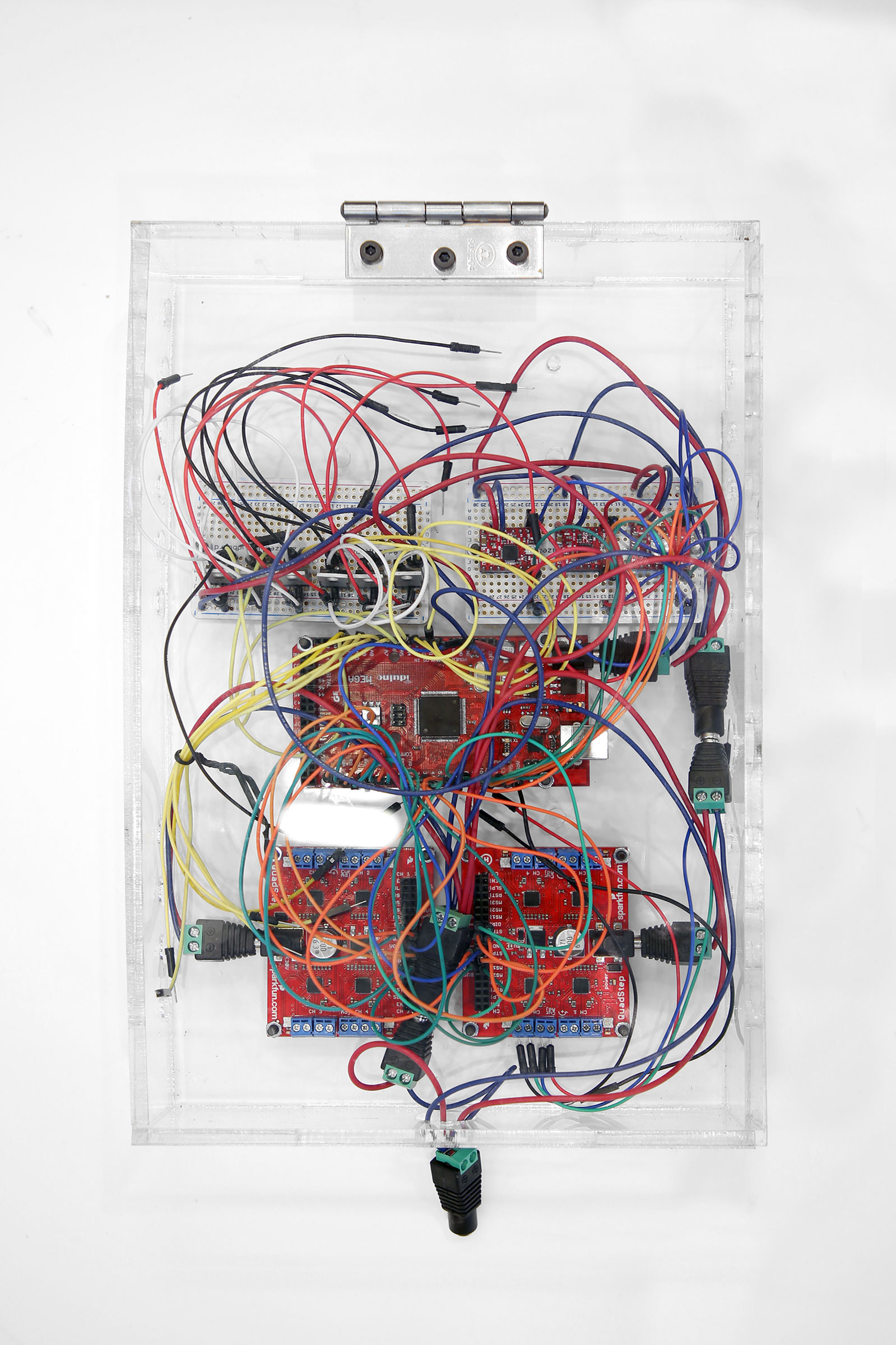
Figure V: Array of mechanical components used to manipulate material and liquid with microcontrollers.
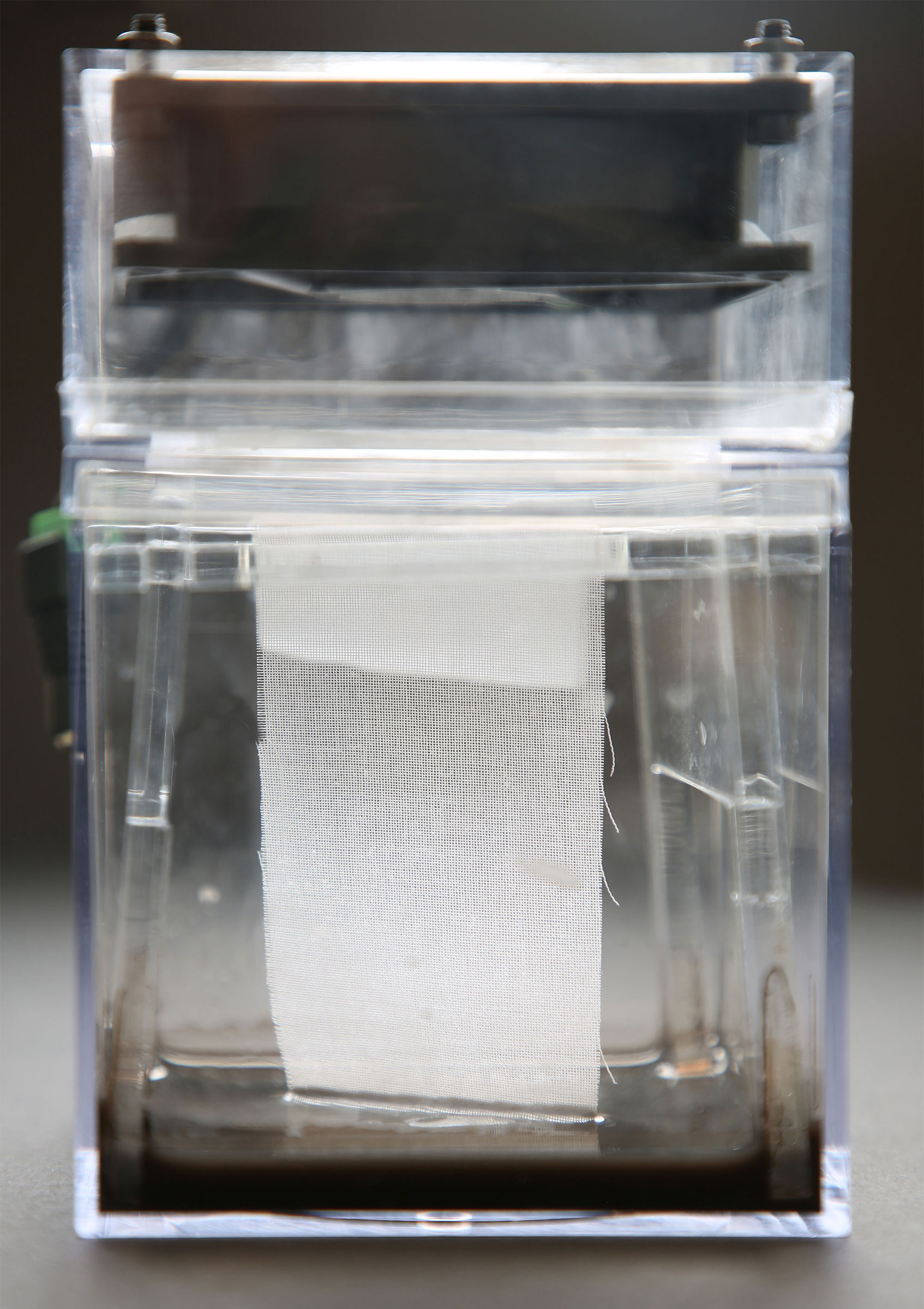


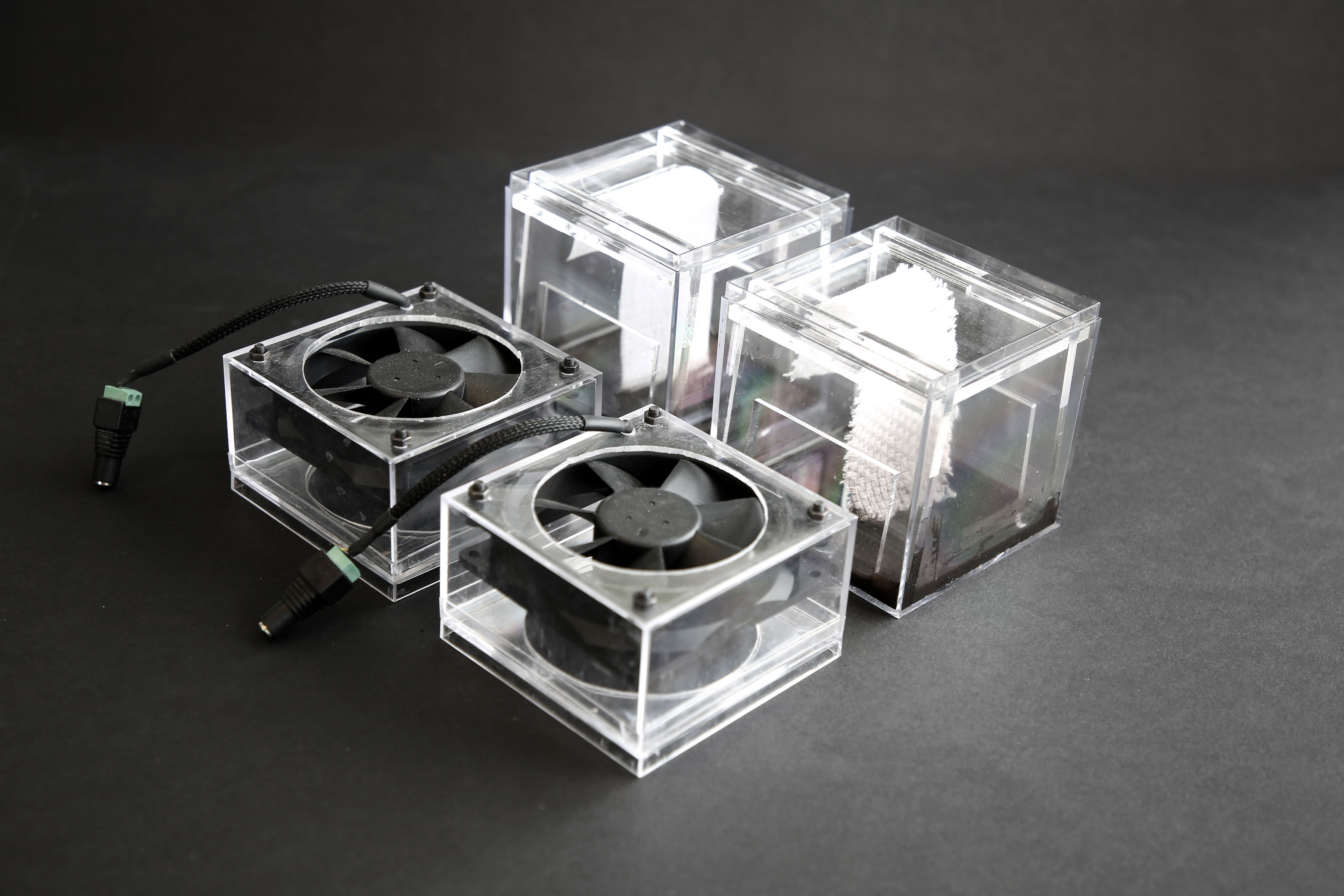
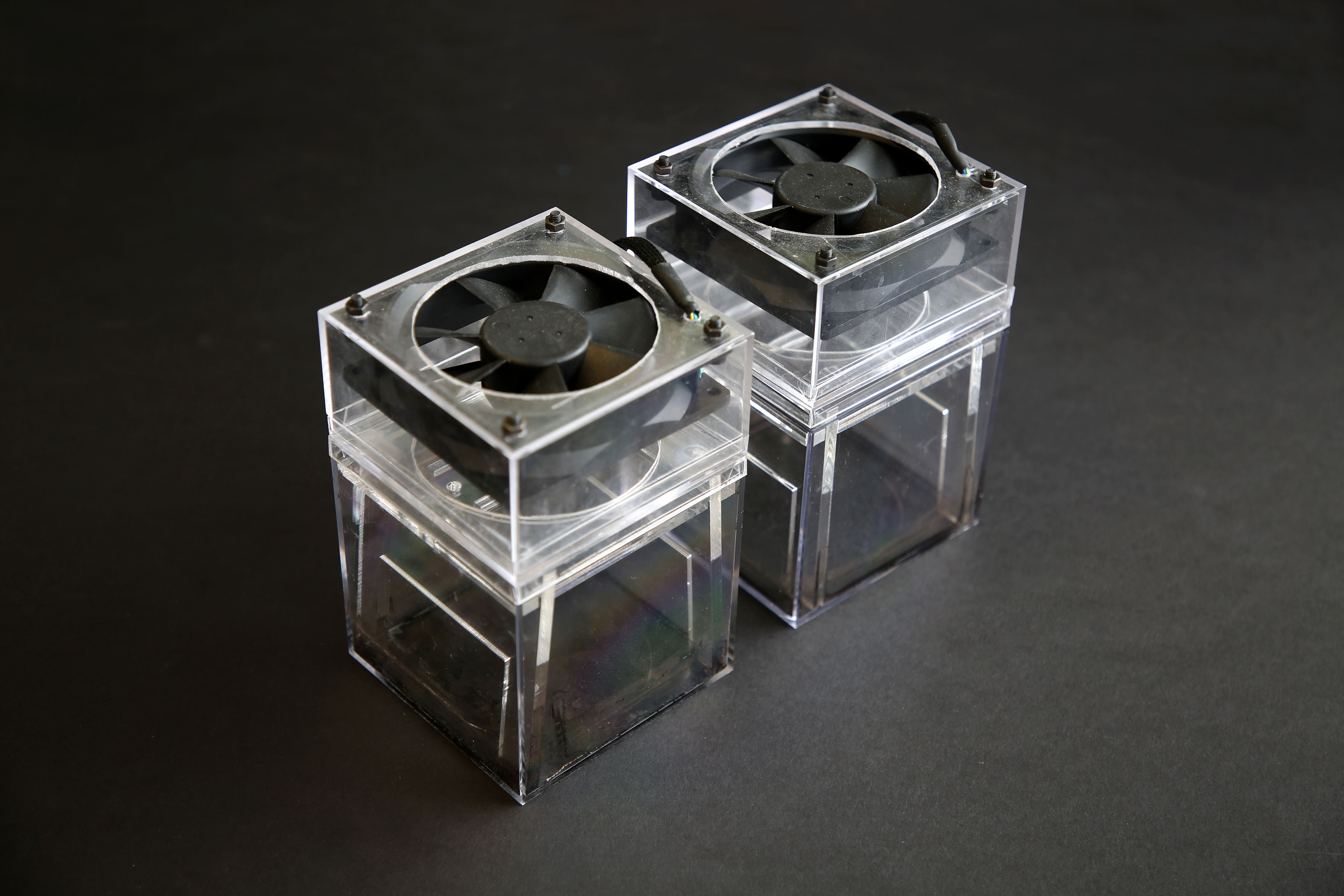
Figure VI: Testing how different types of fabric and paper substrates absorb melanin pigments throgh capillary action controlled through air drying top layer using small fans.
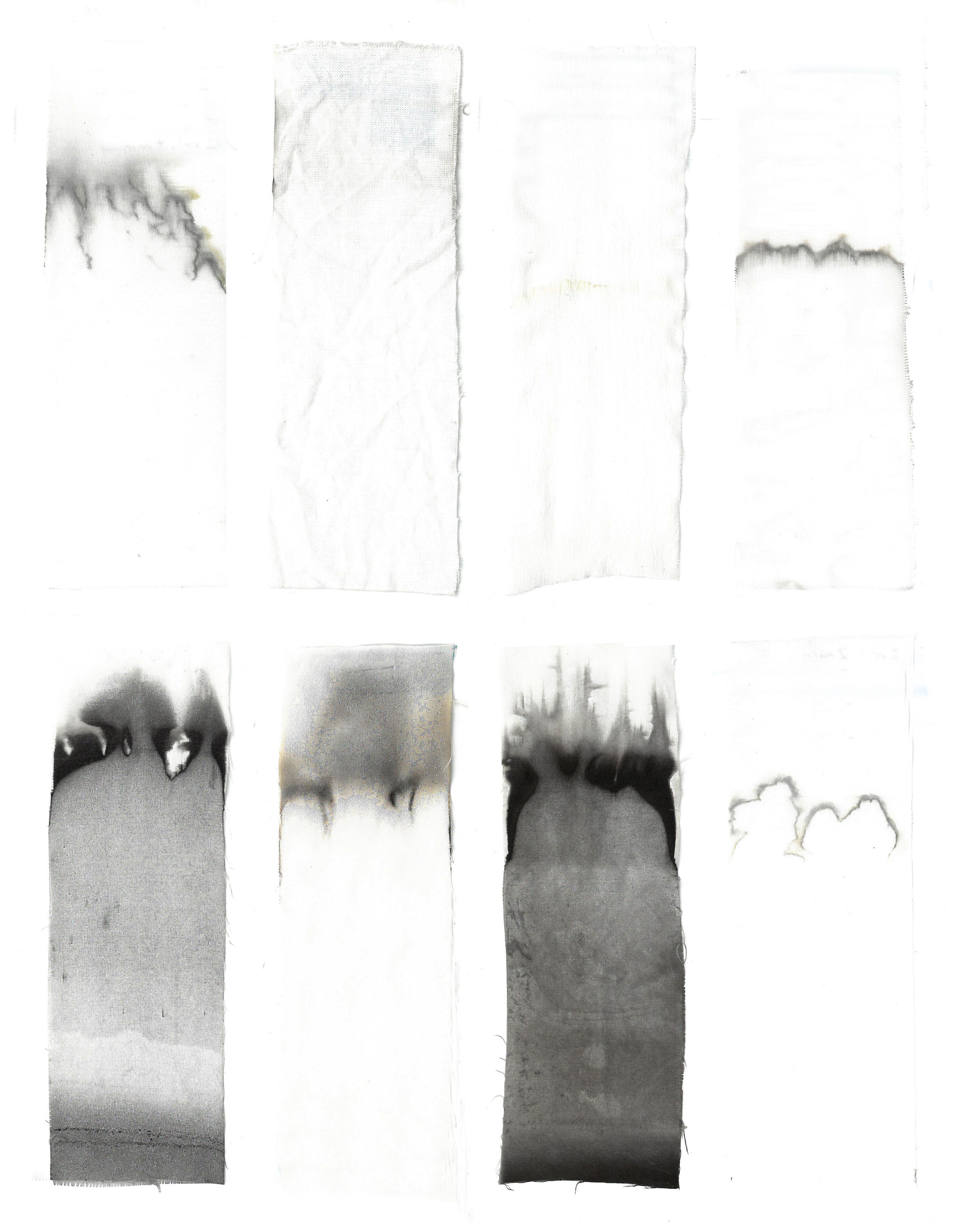


Figure VII: Paper and fabric swatch tests showing patterning of substrate that varying acording to material composition and etching / cutting.
+
Melanin - Mandela Pavilion
Cape Town, Signal Hill
A biomarker of evolution, melanin is the color of life.
The substance that defines the color of our skin is at once ancient and modern: melanin is found in fossils from the Mesozoic Era. Today, this substance can be chemically synthesized ex vivo with modern techniques. It is one of the most resistant, heterogeneous, and pervasive pigments found across the kingdoms of life. In addition to its critical role in providing protection from radiation, it has a wide variety of functions: mechanical protection, energy harvesting, cell growth, metal binding, thermal regulation, and protection from oxidative stress. It is the ‘universal pigment’ found in skin, fur, hair, and eyes. Melanin is found in the blue feathers of peacocks, the ochre wings of butterflies, and the brown skin of a ripening pear. Melanin’s value for human health is priceless and most notably includes protection from ultraviolet light. An intriguing vehicle for the exploration of human health and culture across regions and environments, melanin remains an identifying feature of all living organisms and is clearly linked to biological survival throughout the ages.
A biomarker of evolution, melanin is the color of life.
The substance that defines the color of our skin is at once ancient and modern: melanin is found in fossils from the Mesozoic Era. Today, this substance can be chemically synthesized ex vivo with modern techniques. It is one of the most resistant, heterogeneous, and pervasive pigments found across the kingdoms of life. In addition to its critical role in providing protection from radiation, it has a wide variety of functions: mechanical protection, energy harvesting, cell growth, metal binding, thermal regulation, and protection from oxidative stress. It is the ‘universal pigment’ found in skin, fur, hair, and eyes. Melanin is found in the blue feathers of peacocks, the ochre wings of butterflies, and the brown skin of a ripening pear. Melanin’s value for human health is priceless and most notably includes protection from ultraviolet light. An intriguing vehicle for the exploration of human health and culture across regions and environments, melanin remains an identifying feature of all living organisms and is clearly linked to biological survival throughout the ages.